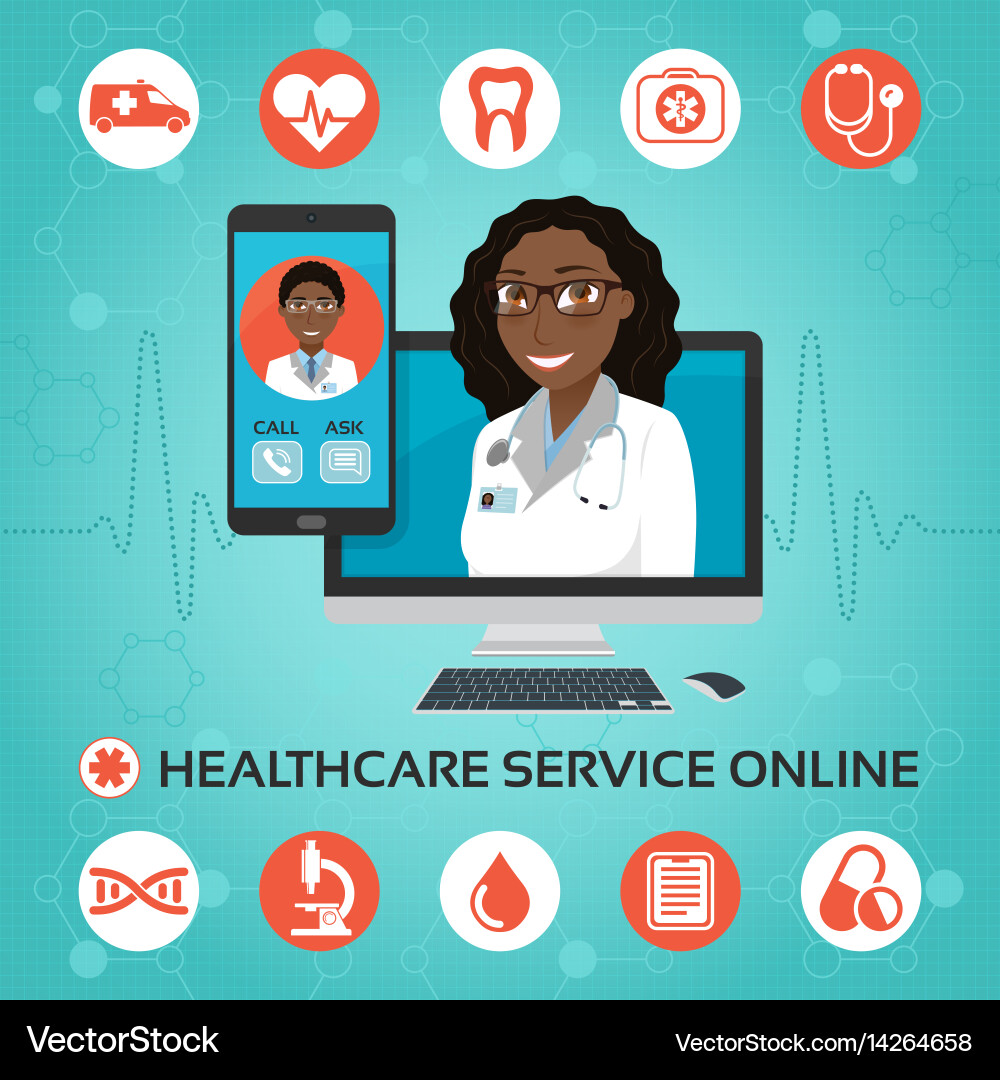Just How Subscription-Based Medical Care Is Changing the Medical Industry

The Rise of Membership Medical Care
In recent times, the medical care industry has actually experienced a significant shift towards subscription-based designs, reflecting more comprehensive customer patterns favoring convenience and predictability. This change is driven by the increasing need for more available and customized care services. Registration medical care, occasionally referred to as concierge medication or straight medical care, provides patients a set monthly charge for a series of clinical solutions, dramatically modifying standard fee-for-service versions.
The increase of subscription health care is promoted by advancements in innovation, which make it possible for structured communication between companies and people - subscription based healthcare. Digital platforms and telehealth services have come to be integral, supplying patients the ability to arrange appointments, gain access to clinical records, and get consultations online. This technological assimilation not just enhances patient involvement yet additionally allows carriers to supply a lot more effective care
Furthermore, the registration version straightens with the advancing assumptions of patients who seek even more control over their medical care expenses and experiences. By getting rid of the changability of co-pays and insurance policy cases, subscription-based healthcare provides a simple and clear technique. While this model is acquiring grip, its expansion deals with difficulties such as regulatory hurdles and the need for broader acceptance within the traditional medical care community. Its growing visibility marks an essential moment in the advancement of medical care distribution.
Benefits for Individuals and Suppliers
Subscription-based medical care uses a wide range of benefits for both people and suppliers, improving the dynamics of medical treatment. For clients, this version gives improved accessibility to healthcare services.
For healthcare carriers, subscription-based designs cultivate an even more sustainable and rewarding method. By securing a steady profits stream, providers can concentrate on delivering top notch treatment without the stress of volume-based solution. This model urges longer client consultations, cultivating stronger patient-provider relationships and enhancing health end results. Additionally, it provides providers the adaptability to innovate and include all natural and preventative treatment techniques. Administrative jobs are often streamlined, reducing overhanging prices and permitting companies to dedicate more time to individual communication. Generally, subscription-based health care aligns the incentives of people and carriers, promoting a more effective and patient-centered healthcare distribution system.
Key Features of the Version
Regularly, the crucial functions of the subscription-based health care design highlight its unique method to delivering clinical services. Central to this design is the idea of foreseeable, month-to-month repayments, offering patients a comprehensive variety of services without the unpredictability of typical fee-for-service frameworks. This version commonly includes limitless access to medical care solutions, preventative care, and regular examinations, ensuring that clients can engage with their doctor proactively as opposed to reactively.
Furthermore, direct communication channels, such as telemedicine and messaging platforms, are highlighted, allowing clients to obtain timely advice and examinations without requiring in-person visits. This boosts ease you can look here of access and ease, especially for people with mobility restraints or those staying in remote locations. The design likewise fosters more powerful doctor-patient partnerships, as health care service providers are incentivized to focus on lasting health and wellness results as opposed to temporary gos to.
In addition, subscription-based medical care often incorporates technical developments, such as digital wellness records and health surveillance apps, to give effective and customized care. Individuals gain from worked with and continuous care administration, which is customized to their specific wellness needs. Ultimately, these functions jointly create a patient-centered healthcare experience, focusing on access, expense openness, and preventive treatment.

Considerations and challenges
While the subscription-based medical care version offers various advantages, it is not without its challenges and considerations. One considerable difficulty is making certain equitable access. Registration models may inadvertently favor those with higher socioeconomic condition, potentially expanding differences in health care accessibility for lower-income individuals who might deal with monthly costs. This elevates honest problems concerning inclusivity and equity in medical care shipment.
An additional obstacle depends on regulative compliance. Subscription-based medical care needs to browse an intricate web of laws that vary by region, consisting of problems around client privacy, data security, and state licensing demands. Ensuring conformity without hampering the design's adaptability and advancement can be discouraging for providers.
Additionally, there is the danger of overutilization or underutilization of solutions. Individuals paying a dealt with cost might overuse services, leading to enhanced operational expenses, while others could underutilize as a result of fear of burdening the system, possibly neglecting essential care.
Future Leads and Innovations
The landscape of subscription-based health care is poised for change with emerging technologies and developing potential customers. As technology remains to advancement, the assimilation of expert system and artificial intelligence provides considerable opportunities to enhance analysis accuracy and simplify person administration. Anticipating analytics can revolutionize preventive treatment by recognizing possible health and wellness click to investigate risks prior to they materialize, consequently lowering both prices and the worry on healthcare systems.
Additionally, telemedicine is readied to increase within membership designs, offering people increased accessibility to medical care experts no matter geographical constraints. This not just more info here facilitates continuity of care but likewise empowers people to engage more actively in their health management. Furthermore, blockchain innovation uses possible in safeguarding individual information and making certain interoperability throughout systems, promoting trust and transparency.
The development of personalized medication is an additional frontier, with membership models giving an unique structure for providing tailored health and wellness solutions. Hereditary testing and personalized therapy plans can be seamlessly incorporated, lining up patient needs with details clinical treatments. Additionally, partnerships in between technology companies and health care providers are likely to produce innovative services, improving person experiences and outcomes. As these leads emerge, subscription-based healthcare has the possible to redefine exactly how care is delivered and accessed.
Conclusion
Subscription-based health care is changing the medical sector by using an extra obtainable, predictable, and patient-centered strategy to medical solutions. Despite difficulties such as regulatory obstacles and possible differences in access, the membership model holds guarantee for a more tailored and effective healthcare experience.
Membership healthcare, sometimes referred to as attendant medication or direct key care, uses individuals a set month-to-month charge for an array of medical solutions, significantly modifying traditional fee-for-service versions.
Moreover, the membership design straightens with the developing assumptions of clients who seek even more control over their medical care expenditures and experiences. For people, this design supplies improved accessibility to health care solutions. On the whole, subscription-based medical care lines up the incentives of companies and clients, advertising a more effective and patient-centered health care delivery system.
In addition, telemedicine is established to broaden within subscription models, offering people enhanced accessibility to health care experts regardless of geographical restrictions. - subscription based healthcare